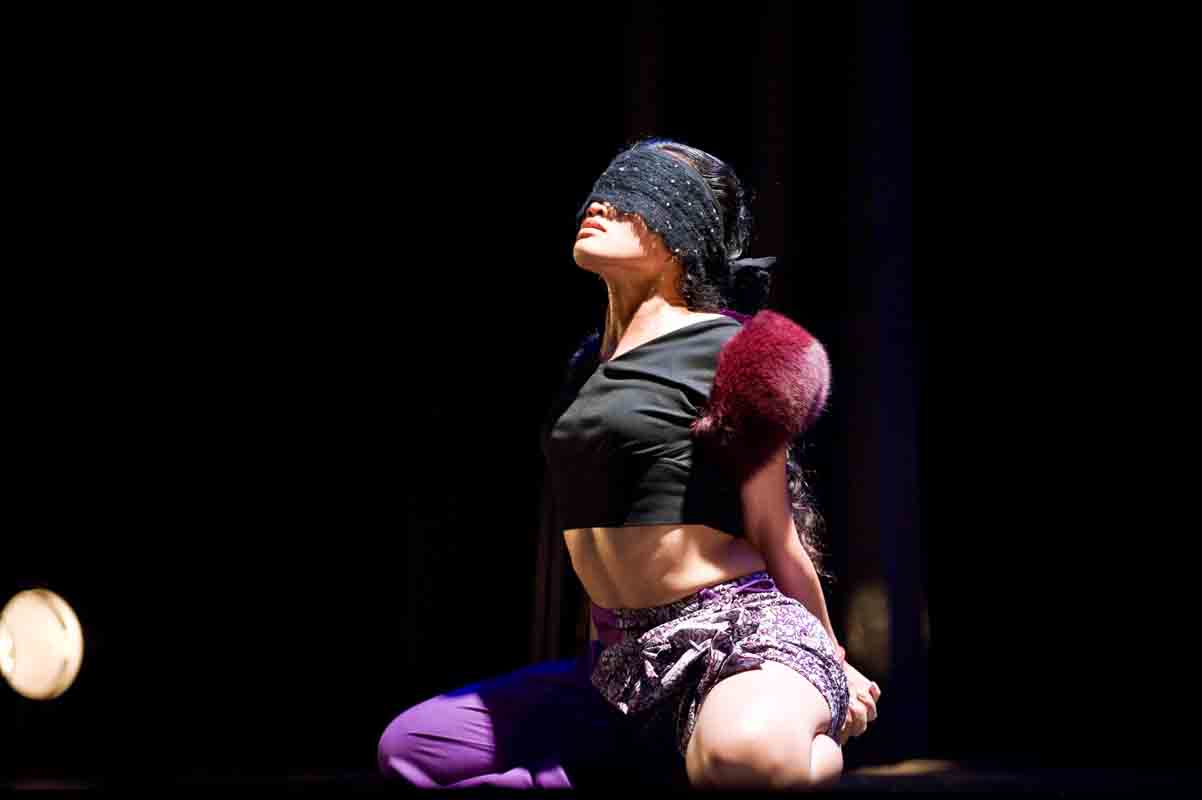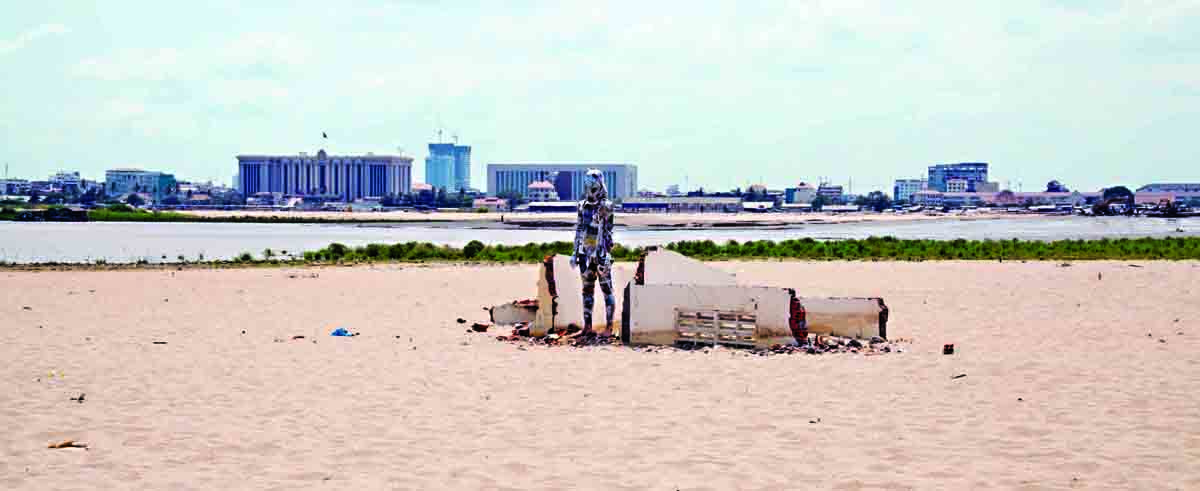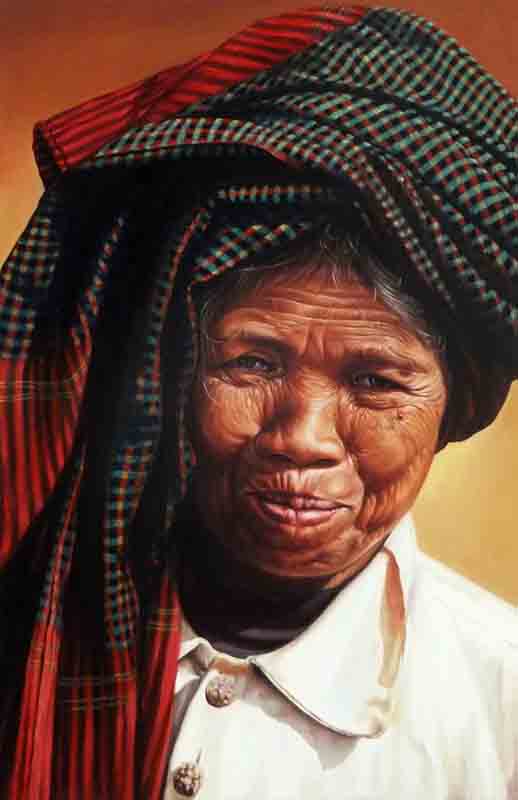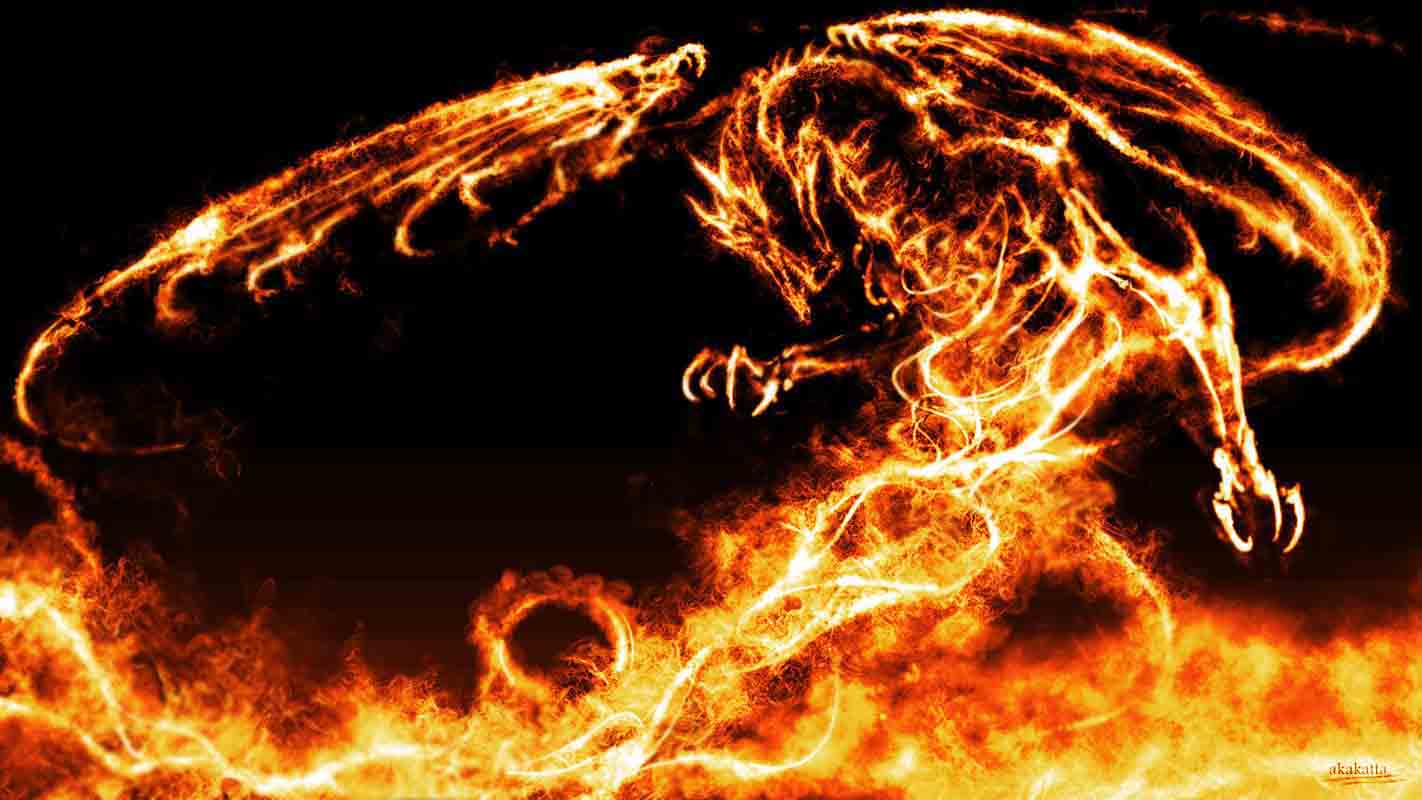“You can’t buy happiness, but you can buy fat straws and that’s kind of the same thing…” – Fat Straws Bubble Tea
WARNING: Phnom Penh has been invaded. The marauders have an alluring appearance, are multicoloured and – wait for it – blow their own bubbles! Chatime, Gong Cha, Cool Cup, Poptea, Bubble Republic: Cambodia’s capital has become the epicentre of a bubble-tea frenzy, with dedicated venues popping up on every street corner and photos of the oh-so-trendy drink flooding social networks. So… why the excitement?
“It’s easy to drink, you can have it at all times and it’s a good option also for teenagers who don’t drink coffee,” says Chang Bunleang, national director of Gong Cha. Mr Pop, founder of Poptea, points out additional benefits for the eternally pressed for time: “People love it because it’s fun to have something to chew and drink at the same time. Moreover, it’s extremely refreshing.”
Bubbles, colours, sweet ingredients to mix into fun potions subconsciously make us all children again, reminding us of fun fairs and happy moments – another reason for the ongoing explosion. What is sure, though, is that it’s become the coolest iced drink in town.
The craze kicked off in Taiwan in 1988. Lin Hsiu Hui, a teahouse product development manager, took her Taiwanese tapioca pudding – fen yuan – to what was threatening to be a terminally tedious staff meeting. She poured the tapioca balls into her glass of Assam iced tea, drank it to alleviate the encroaching boredom and it was love at first taste. The world of Asian beverages hasn’t been the same since.
But what makes a good boba tea? According to Chang Bunleang, the key is the ‘bubbles’, which must be soft and chewy. It’s also important to offer variety of options, particularly toppings.
“Red beans and grass jellies are the most popular choices at the moment”, says Bunleang, whose favourite tipple is milk tea with red beans. Alternatively, Mr Pop offers up a hint about Poptea’s soon-to-be-released new flavours: homemade taro and red bean smoothies.
So what about these bubbles? What are they? According to press reports, the word ‘bubble’ is an anglicised form derived from the Chinese bōbà, which means ‘large breasts’ – tongue-in-cheek slang referring to the large, chewy tapioca balls commonly added to the drink. These are also, more poetically, called ‘pearls’, hence the other popular name ‘pearl milk tea’. As an alternative to tapioca, bubbles can also be made of jelly, aloe, custard pudding, sago and taro.
To go deeper in my quest to discover the secret of their allure, I meet Syana C Lng. She’s the new ambassador of Poptea Cambodia and we have an appointment in Kids City. When I look around, I see her climbing a pole in the gym while holding her bubble tea – something perhaps better documented in the Guinness Book of World Records than in a simple photo shoot.
Amazed by her acrobatics, I ask why she loves the drink so much she’ll risk plummeting to the floor for it. “Refreshing drinks like this give me more peps every day,” says Siyana, laughing. “I like Poptea because it’s the only big brand that was born and bred in Cambodia.”




